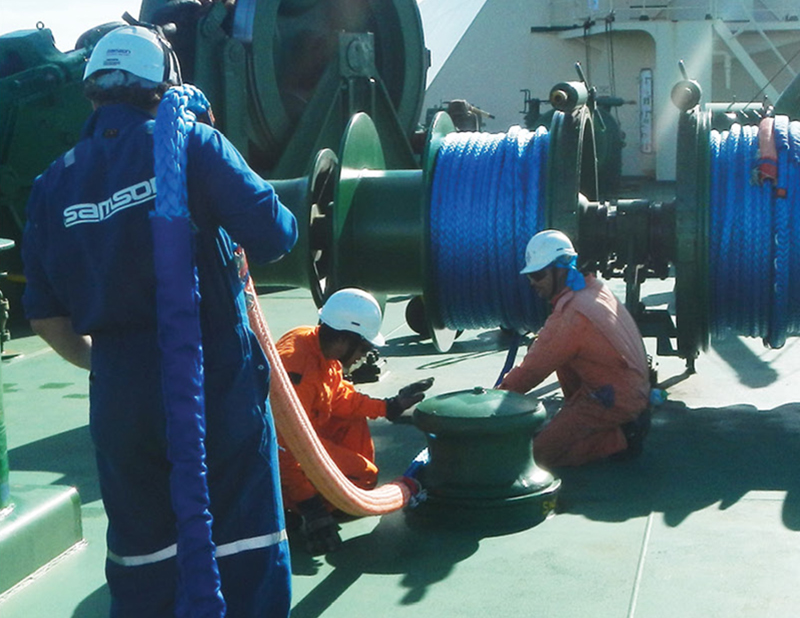AMSTEEL®-BLUE FREQUENTLY ASKED QUESTIONS FOR MOORING
Overview Common questions when making the switch from wire rope or traditional fiber ropes to Samson high-performance synthetic fiber mooring lines.
QUESTION: What are AmSteel-Blue mooring lines and what are the benefits of using them?
ANSWER: AmSteel-Blue mooring lines are produced with a high modulus polyethylene (HMPE) fiber material. The use of this fiber allows us to create a torque-free, 12-strand braided rope which, size-for-size, has comparable strength
to wire rope but only 1/7th the weight. AmSteel-Blue lines are flexible, easy to handle, and they float.
The unique blue color is there for more than just appearance—it is created by a proprietary Samthane coating that enhances rope wear life and snag resistance.
AmSteel-Blue doesn’t require lubrication because it doesn’t rust or “fishhook.” Its flexibility and extreme light weight will allow for an easier, faster and safer mooring sequence.

QUESTION: When converting from wire rope mooring lines to AmSteel-Blue mooring lines, what implementation procedures are required?
ANSWER: Chock and fairlead maintenance should be instituted to eliminate rough wearing surfaces, metal burrs, and sharp cutting edges that could have been created by the use of wire ropes. In the majority of cases,
the conversion can be done as routine maintenance with localized grinding and surface preparation.
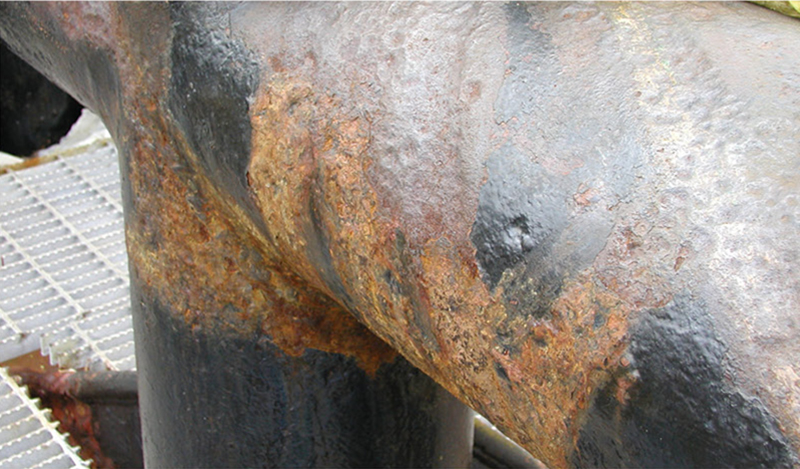
QUESTION: How will AmSteel-Blue synthetic line wear compared to wire line?
ANSWER: The HMPE fiber used in AmSteel-Blue is also utilized for bulletproof vests, military helmets and cut-resistant gloves. It is a tough material. It should be noted, though, that all synthetic fiber can be cut,
therefore care should be taken to protect the mooring line from sharp and rough surfaces that it could be worked against or over.
As the rope is used, it will develop surface wear on the outer fibers. This individual fiber abrasion will give the line a fuzzy appearance. Due to the normal external wear from use, the line will also gradually begin to lose its original royal blue
color.
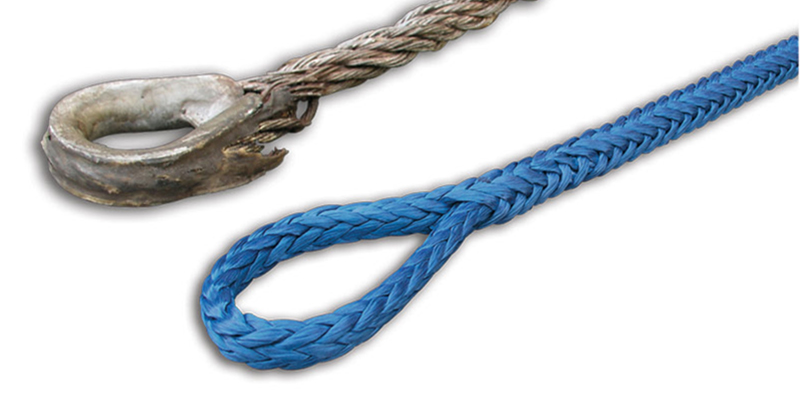
QUESTION: Can AmSteel-Blue mooring lines be repaired aboard ship?
ANSWER: Yes! The 12-strand construction of AmSteel-Blue is one of the easiest ropes to splice or re-splice. AmSteel-Blue can be spliced with new eyes by following the instructions available on our
website
or Splicing Manual.
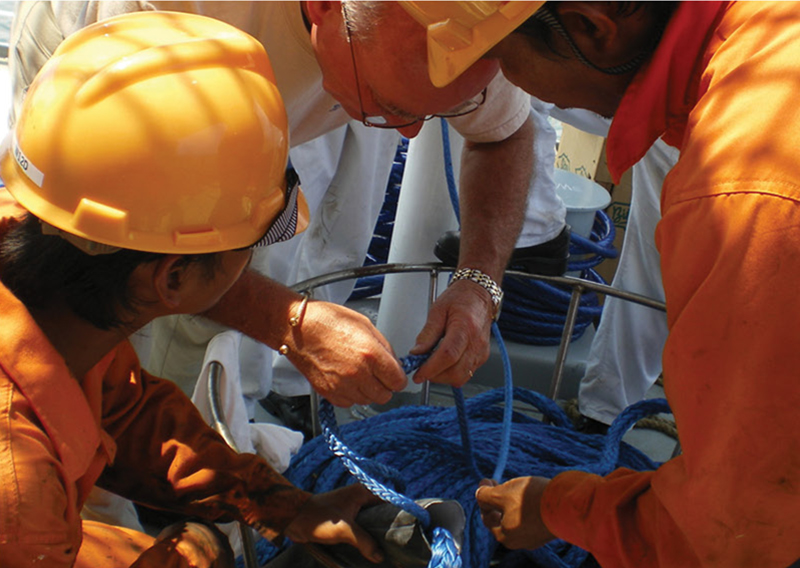
QUESTION: How should the AmSteel-Blue mooring lines be installed on deck winches?
ANSWER: The correct installation of this mooring line on deck winches is important to the long-term service life and performance of the rope.
- After the removal of the old wire rope lines, and before installation of the new AmSteel-Blue ropes, please inspect the winch drum and flanges for rust, corrosion or scoring damage created by the wire
rope. These areas should be cleaned up so as not to cut and abrade the new ropes being put on. See our technical bulletin on retrofitting for detailed information.
- On the storage half of the split drum winch, the first two or three layers of AmSteel-Blue should be reeled on under some tension to create a solid, smooth base layer. After these layers, the rope
on the storage side can be laid on in layers with some crossovers. These crossovers should prevent the AmSteel-Blue from diving in-between the layers and getting stuck during deployment.
- On the working half of the split drum winch, it is recommended that only one layer of rope, (8 wraps) be used—enough rope to grip the drum.
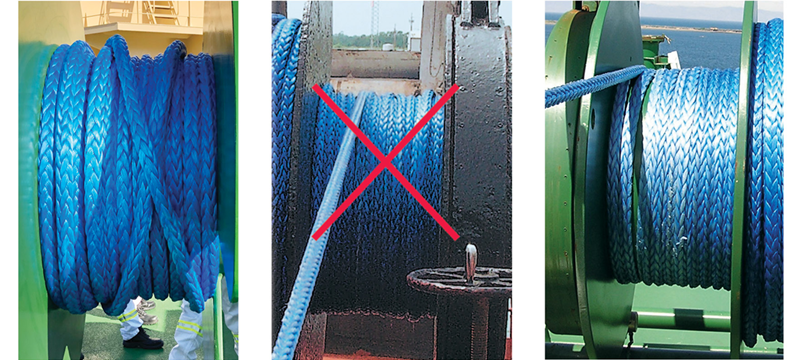
QUESTION: Is that all there is to it?
ANSWER: No, not yet. Follow the path of the AmSteel-Blue mooring line from the winch drum to the chock. Make sure it is not rubbing against other metal surfaces. If it is going around a roller chock, make sure the roller
chock rolls. And finally, at the chock, make sure the inside surface of the chock is not rusted, pitted or scored from wire ropes. Pitted, scored or gouged surfaces act like knives against any synthetic rope.
